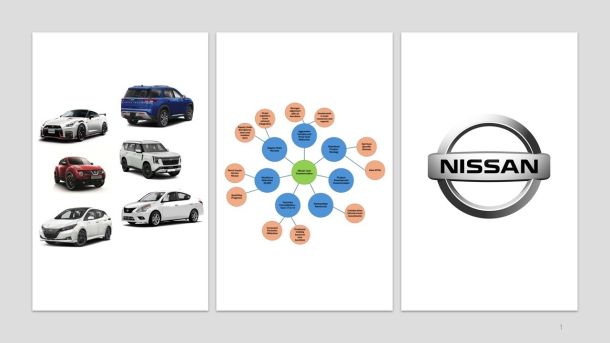Dynabook, iPad and Nespresso – Is there an aligned business model?
The history of the tablet can be traced all the way back to the late 1960s when computer scientist Alan Kayproposed that with advances in flat panel display technology, user interfaces, miniaturisation of computer components and some experimental work in WiFi technology, an all-in-one computing device could be developed.
Kay developed the idea further, affiliated with Xerox Palo Alto Research Center, suggesting that such a device would be perfect as an educational tool for schoolchildren. In 1972, he called the device the Dynabook; some of its sketches show similarities to the tablets we use today. The Dynabook had both a screen and a keyboard all on one plane. Kay also predicted that with the right touch-screen technology, the physical keyboard could be eliminated and replaced by a virtual keyboard on the screen itself. Alan Kay was a pioneer – he worked at Apple, Atari, Disney, Xerox and HP. He outlines sections of his paper to describe the screen, keyboard, processor and even stylus (Kay, 1972). (Reference for the paper at the end of this article).

But between this Dynabook concept and Apple’s iPad, many tablets were introduced from 1990 to mid-2000s, but none were well received by potential users. I still remember the “trials” of devices and PDAs (personal digital assistants) that were struggling to evolve to even create life cycles of their own. Some of these PDAs were attempts from Apple. It was not until Steve Jobs revealed the first iPad to an eager crowd that tablet computers became a viable consumer product. From the first iPad in 2010 all the way to the current iPad Pro or the Samsung Tab S10 announced a few days back, there had been accelerated innovation building on different touch-screen technologies.
Innovation is not necessarily about building new stuff but creating new value – an important insight and lesson to all business leaders.

This is why Apple was successful. The execution of the right strategy that enables the creation of value is what eventually matters. Not only is the choice of strategy critical for success but the timing as well; the first mover into the market advantage is not always a guarantee to success. Apple ecosystem, capabilities and strategy are all aligned with the innovative business model that had accompanied the iPad from day one. Apple did not only manufacture, sell and deliver a new gadget. All the value(s) around the product were accessible to it customers – ecosystem, software, CX and a long list of features that provide values and benefits.
Another example?
Nestle’s Nespresso single-serve premium coffee was a new business model not aligned with Nestle’s traditional models. Back in 1986 (yes, almost 40 years back) the Swiss company made the decision to establish a new subsidiary in 1986, after unsuccessful growth over 6 years from launch. Half-baked solutions and compromises are not springboards towards success. The new Nespresso unit was established with separate leadership to ensure delivering the new value to a different set of customers. The innovation in this business model created new sets of distribution channels, partnerships and branding; this enabled Nespresso to achieve 35% growth over ten years following the spin-off. Without this bold step from Nestle, the product might have faced the same destiny of the Dynabook.

References
Kay, A. (1972). A personal computer for children of all ages. Xerox Palo Alto Research Center. Retrieved from https://history-computer.com/Library/Kay72.pdf


